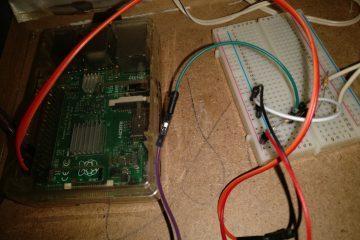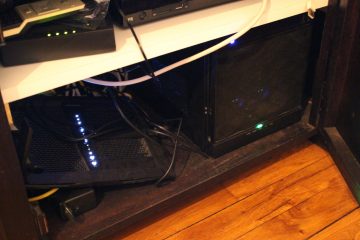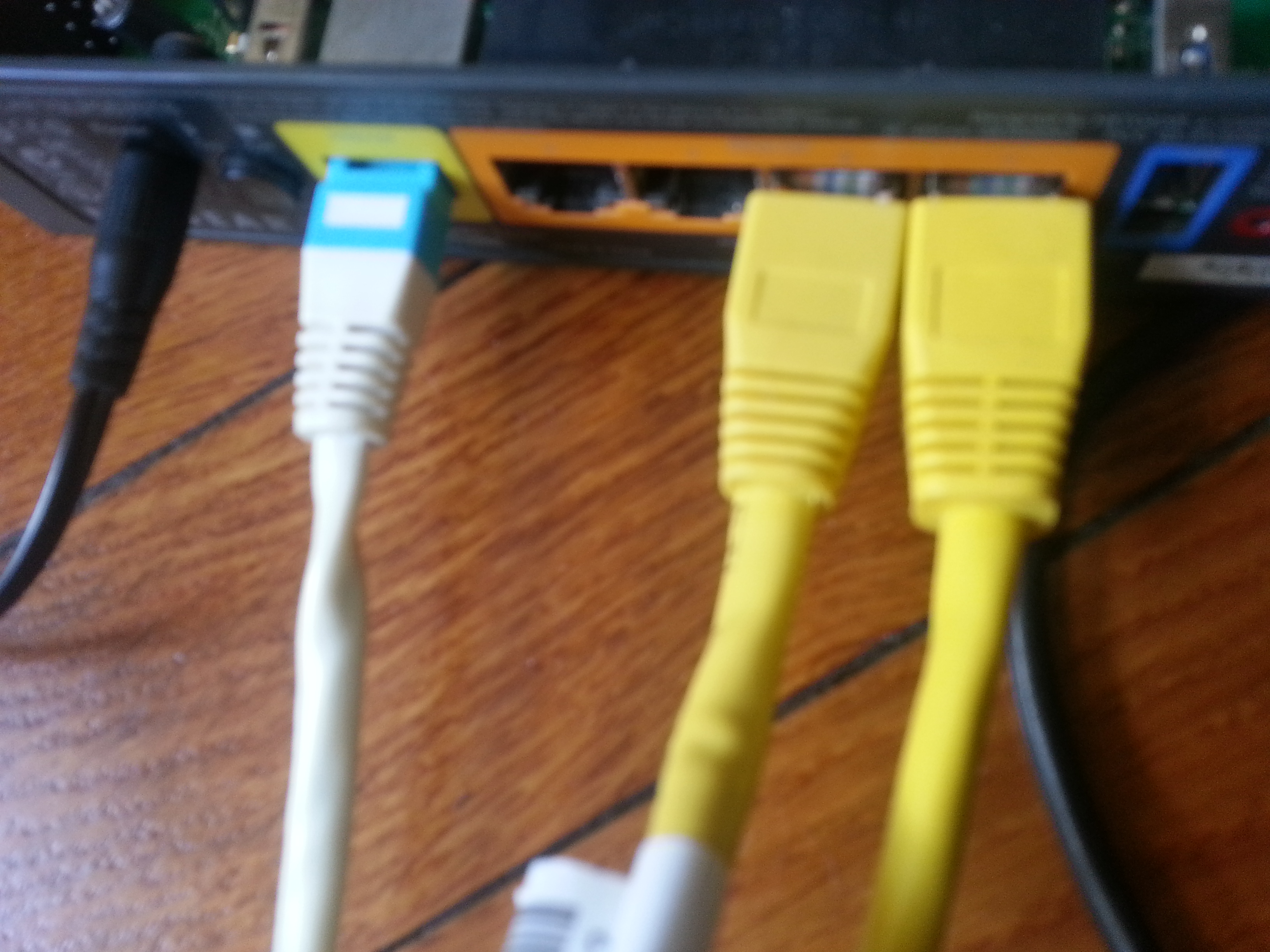Recently I have done the acquisition of a new ULTRAWIDE screen, precisily a Philips 439PH9 with a DisplayPort v1.4, this information is very important for what’s coming next.
The problem
The morning I receive it, I already have my computer running, so I hot swap my DisplayPort cable to the new monitor and all going well, the screen work perfectly fine. Couple days later I need to do an upgrade of my linux kernel, so I restart my computer and a black screen appear with nothing, no signal, not even the UEFI logo. So I know by heart how to start without screen :
- Hit 10 times backward key to make sure my very old wireless keyboard connect
- Enter my LUKS passphrase to start decrypt my disk
- Wait 2 seconds for the login screen
- Hit 10 times backward key to ensure the keyboard is connected
- Enter my Login and password
- Then X server will start
Because yes I don’t have a Display/Login manager, I don’t need one, so my computer stay in console mode until I sign up on TTY1.
After some digging on The Internet, very interesting reading about a display port issue concerning some Nvidia GTX9xx serie GPU.
Of course Nvidia provide a fix but only on Windows for doing the patching. Then I checked on MSI website for a miracle Linux compatible VGABios upgrade tool, there is none.
The Linux community have done a lot lately, and new standard/tool exists for upgrading firmware on Linux, fwupd is the response. But only too few manufacturer play the game, big ones like Dell, Lenovo and Logitech, that’s all.
Diagnosis
- Always black screen in text mode and UEFI at boot
- The display work perfectly in graphic mode
- My old screen work without problem on Display Port
- I test with HDMI => the problem disapear
Fix attempt 1
WARNING DON4T DO THIS
1. Get a Windows 10 PE weird image on The Pirate Bay
2. Flash it on a USB stick with woeusb --device GandalfsWindows10PE.iso /dex/sdx
3. Boot => success
4. Try MSI Live Updater 6 => instantly crash with no message
5. Try Nvidia tool get 
Conclusion
Windows 10 PE is a no go.
Fix attempt 2
- Get a Windows iso
- Flash on a usb stick
woeusb --device windows10.iso /dex/sdx - Installing Windows (I do this through a virtual machine, and a raw device to /dev/sdx)
- Try MSI Live Updater 6 => USELESS


- Try the Nvidia DisplayPort fixer tool


- FUCKING SOLVED MY ISSUE
Conclusion 2
Nvidia can you provide Linux tools for fixing your mistakes ?
MSI, your tools are useless, can you provide vga bios update ?
More than the half of earth computers now running Linux based system this days, too much to ask that hardware manufacturers have the desency to provide a support for Linux.
## Other notes
* There is nvflash which working on Linux
* No clue how to find the patched version of my gpu bios, not here anymore
* I’m in touch with MSI French support …




1 commentaire
Rudi Pittman · 1 juin 2020 à 1 h 56 min
The problem I have is even though grub is specifying 4.14.138 and initird-v1.5.5 on reboot it tells me those don’t exist. Doing a grub edit and using autocomplete the files it ACTUALLY find are /boot/vmlinuz-4.14.73-rancher and /boot/initrd-v1.4.2. Where the heck are those coming from? When I look on /dev/vda2/boot I see the 4.14.138 and initrd-v1.5.5 as the grub reflects. /mnt/efipart/EFI/BOOT has:
-rwxr-xr-x 1 root root 1334816 May 30 15:13 BOOTx64.EFI
-rwxr-xr-x 1 root root 316 May 30 15:15 grub.cfg
-rwxr-xr-x 1 root root 1146744 May 30 15:13 grubx64.efi